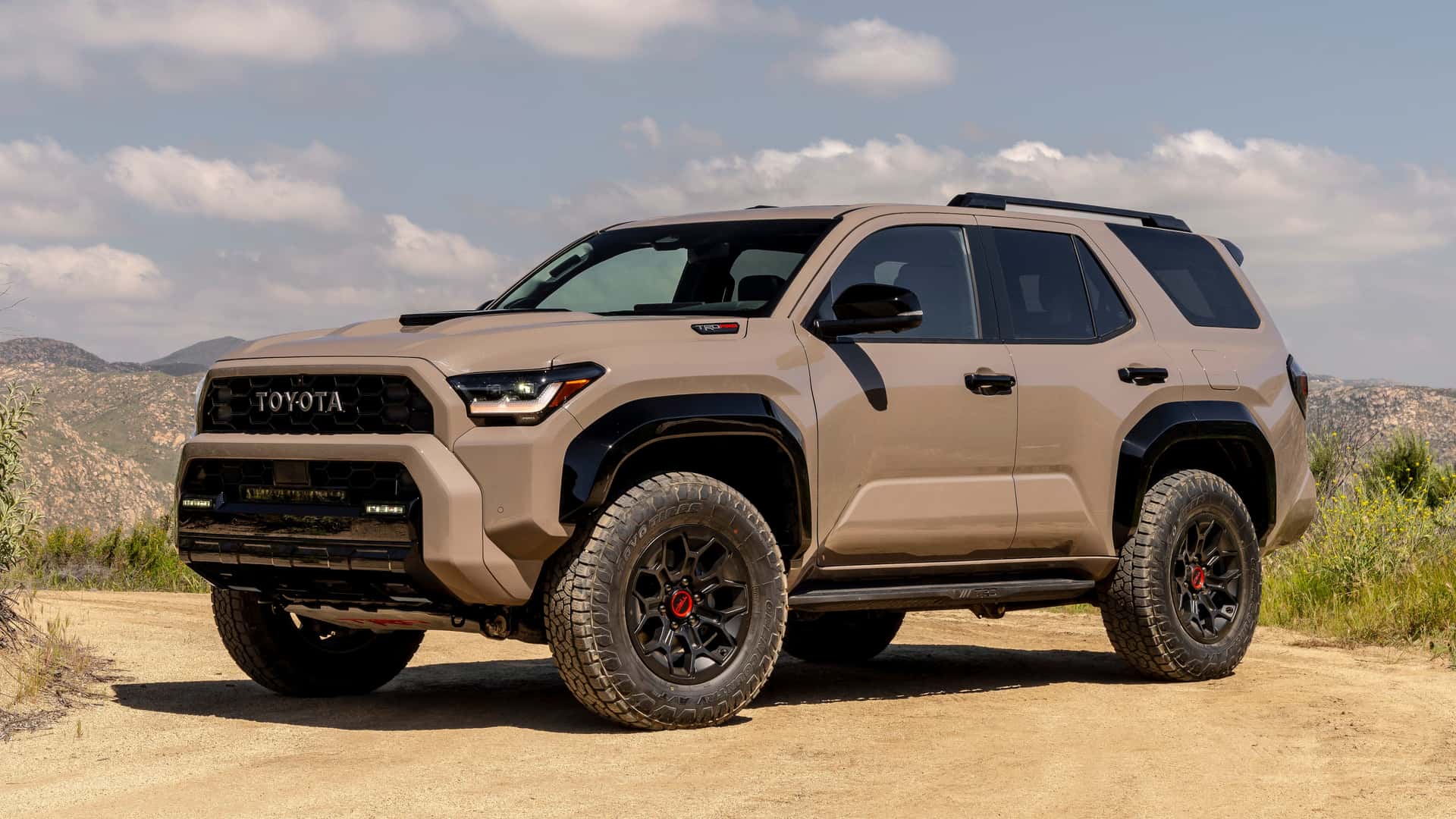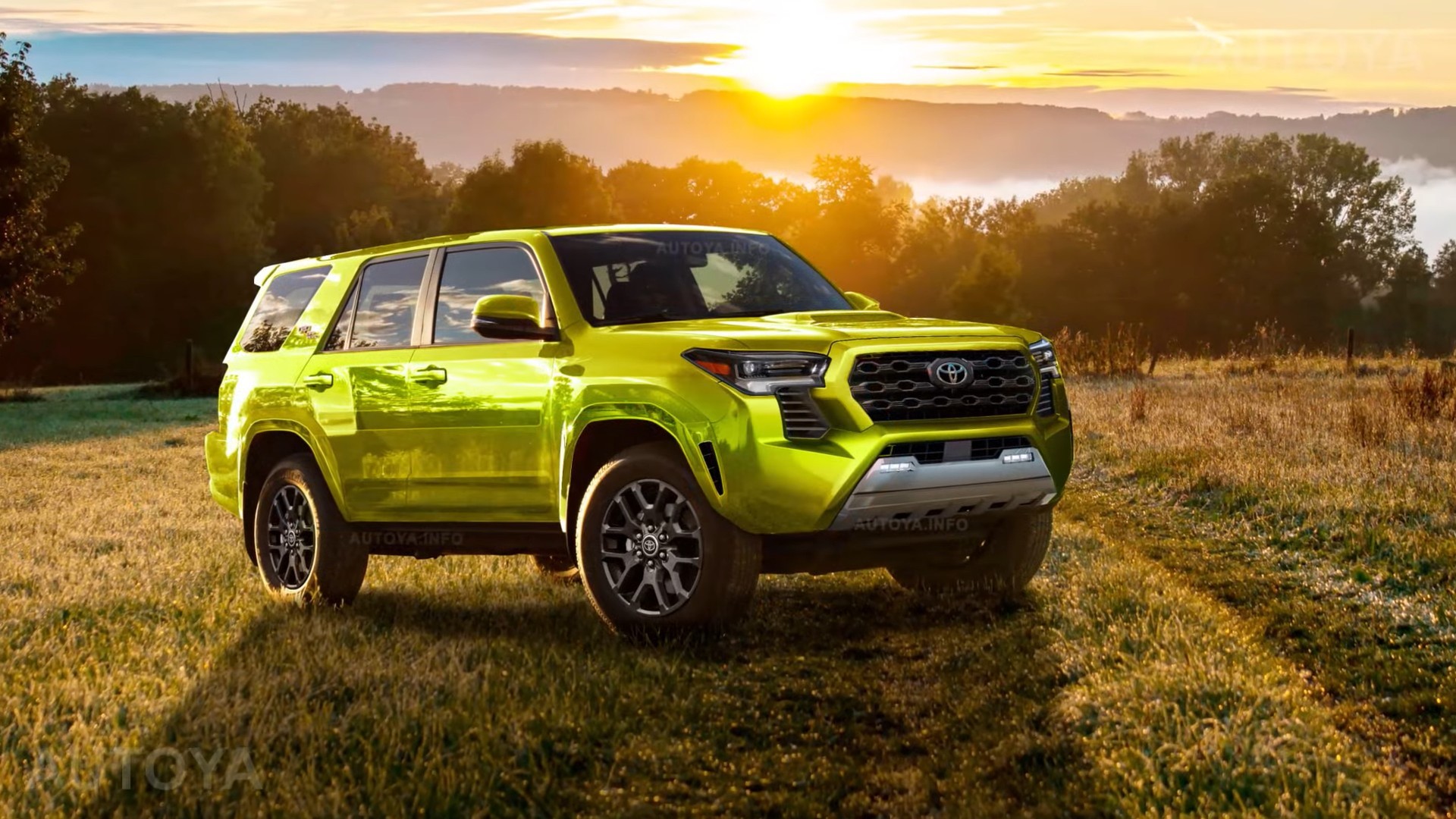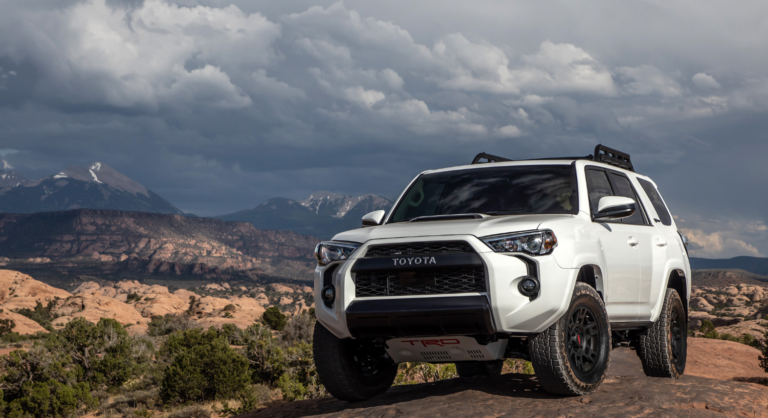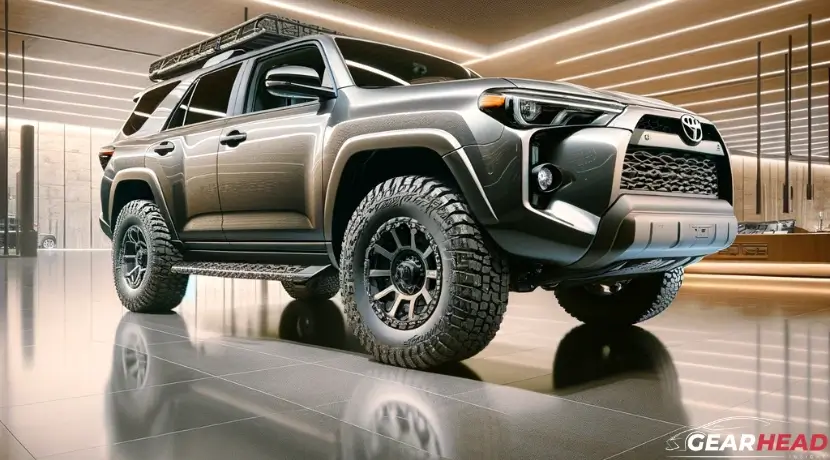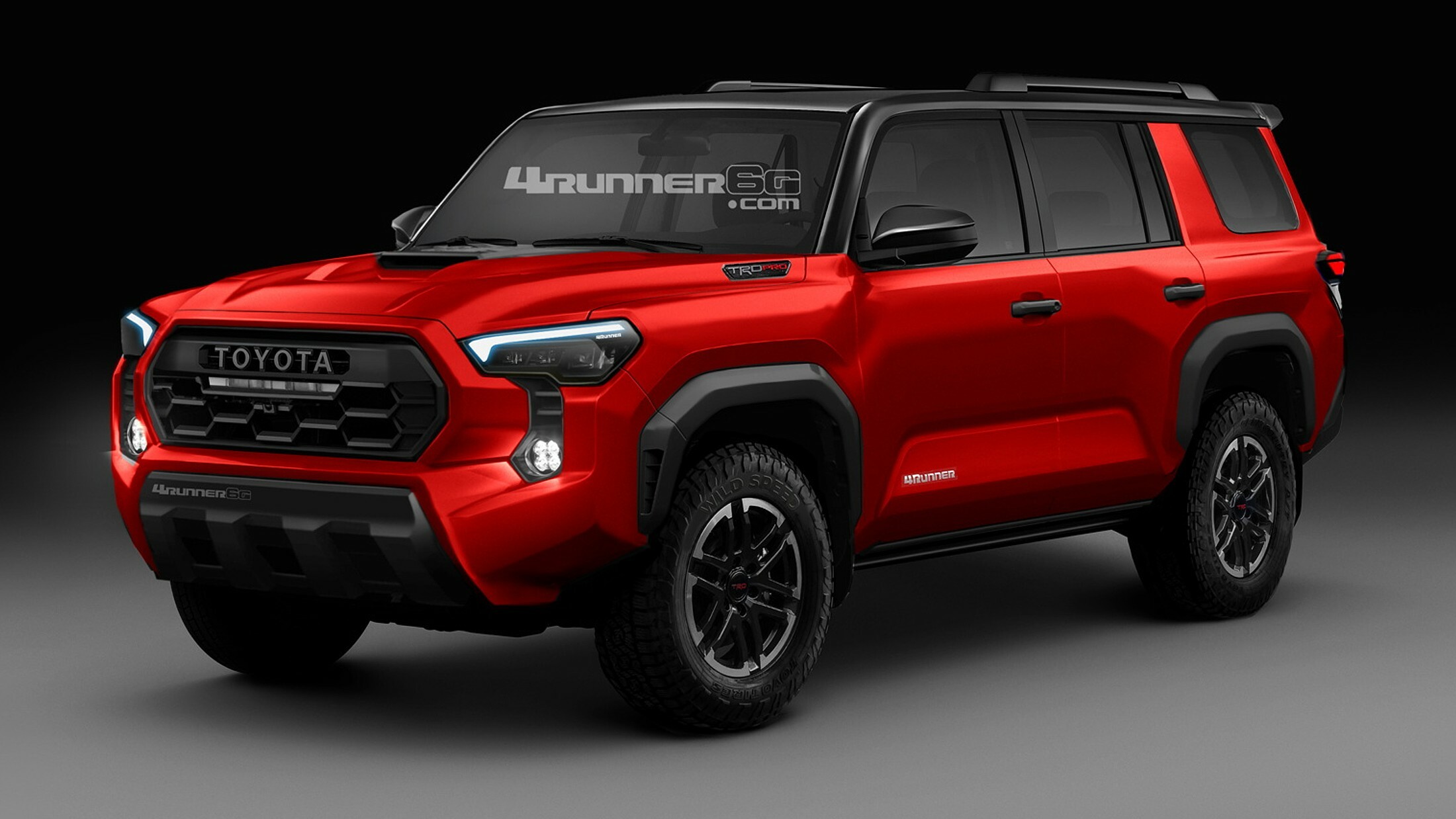The 2025 Toyota 4Runner: Fueling Adventure, Facing Uncertainty
By admin / April 3, 2024 / No Comments / 2025
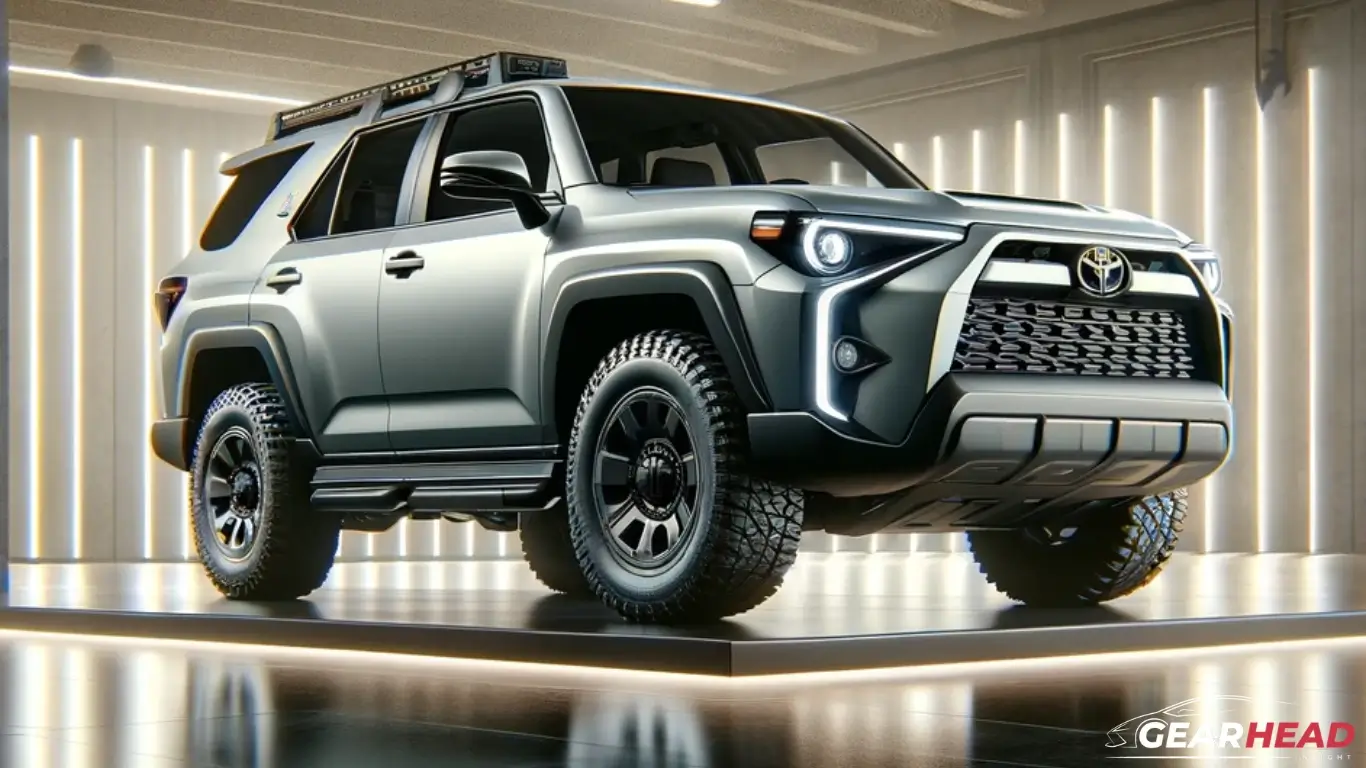
The 2025 Toyota 4Runner: Fueling Adventure, Facing Uncertainty
The Toyota 4Runner, a rugged and reliable off-roader, has carved a niche for itself in the hearts of adventurers and outdoor enthusiasts. While its legacy is built on gasoline power, the future of the 4Runner, like the automotive landscape itself, is facing a crossroads. As we approach 2025, the question of fuel type for the next generation 4Runner becomes a crucial one, with the potential to redefine its identity and appeal.
The 2025 4Runner: A Crossroads of Possibilities
The automotive industry is rapidly shifting towards electrification, and the 4Runner, known for its robust V6 engine and capable off-road prowess, is not immune to these changes. While Toyota has been a pioneer in hybrid technology, its commitment to full-fledged electric vehicles (EVs) for the 4Runner remains uncertain. This uncertainty stems from the inherent challenges of adapting a vehicle designed for off-road adventures to the constraints of electric powertrains.
Challenges of Electrification
- Range Anxiety: The limited range of current EV technology is a major concern for off-road enthusiasts. Long expeditions and remote adventures require extensive driving ranges, something that current EV batteries struggle to provide.
- Charging Infrastructure: Access to charging stations in remote areas is a major hurdle for EV adoption in the off-roading community. The lack of readily available charging infrastructure would significantly limit the practicality of an electric 4Runner for extended adventures.
- Weight and Off-Road Performance: Electric vehicles are generally heavier than their gasoline counterparts, impacting their off-road performance. The added weight could affect maneuverability, ground clearance, and overall agility, crucial elements for tackling challenging terrain.
- Towing Capacity: The 4Runner’s towing capabilities are a key selling point for many owners. Electric powertrains, while powerful, often struggle to provide the same towing capacity as gasoline engines, potentially limiting the 4Runner’s versatility.
The Hybrid Solution: Bridging the Gap
While a fully electric 4Runner might be a distant possibility, the hybrid powertrain offers a compelling alternative. This approach combines the fuel efficiency and environmental benefits of electrification with the power and range of a gasoline engine, offering a more practical solution for the 4Runner’s target audience.
- Improved Fuel Efficiency: A hybrid powertrain would significantly improve the 4Runner’s fuel economy, reducing its environmental impact and lowering operating costs.
- Enhanced Performance: Hybrid systems can provide a boost of power when needed, improving acceleration and off-road capabilities.
- Extended Range: The gasoline engine provides the necessary range for extended adventures, mitigating range anxiety concerns.
The Future of the 4Runner: A Hybrid-Powered Legacy?
The 2025 4Runner could very well embrace a hybrid powertrain, offering a balance between performance, efficiency, and environmental responsibility. This approach would allow Toyota to maintain the 4Runner’s core identity while adapting to the evolving automotive landscape.
Beyond Fuel Type: The 2025 4Runner’s Future
While the fuel type remains a crucial discussion point, the 2025 4Runner’s future hinges on more than just its powertrain. Other factors, such as design, technology, and safety features, will play a crucial role in defining its appeal and success.
Design Evolution: Maintaining Heritage, Embracing Modernity
The 2025 4Runner is expected to retain its iconic boxy design, a signature element that has contributed to its rugged appeal. However, subtle design cues, such as sharper lines, a more modern grille, and updated lighting, could inject a contemporary touch without compromising the vehicle’s character.
Technology Advancement: Enhancing Comfort and Capability
Technology will likely play a significant role in the 2025 4Runner. Advanced driver-assistance systems (ADAS), including adaptive cruise control, lane departure warning, and automatic emergency braking, will enhance safety and comfort. Infotainment systems with larger touchscreens, improved connectivity, and advanced navigation will provide a more connected and user-friendly experience.
Safety Features: Prioritizing Protection
Safety will remain a top priority for the 2025 4Runner. Expect a comprehensive suite of safety features, including airbags, seatbelt pretensioners, and a reinforced body structure, to provide maximum protection in the event of an accident.
The 2025 4Runner: A Balancing Act
The 2025 Toyota 4Runner faces a balancing act. It needs to uphold its legacy as a capable and rugged off-roader while adapting to the evolving automotive landscape. The choice of fuel type, design, technology, and safety features will ultimately determine its success in a market that is increasingly focused on efficiency and sustainability.
Conclusion: Embracing the Future, Honoring the Past
The 2025 4Runner has the potential to be a vehicle that seamlessly blends its rugged heritage with the technological advancements of the future. A hybrid powertrain could provide a compelling solution, balancing performance and efficiency. With a refined design, advanced technology, and a commitment to safety, the 2025 4Runner can continue to be a trusted companion for adventurers, explorers, and those who seek a vehicle that can handle anything life throws its way.
